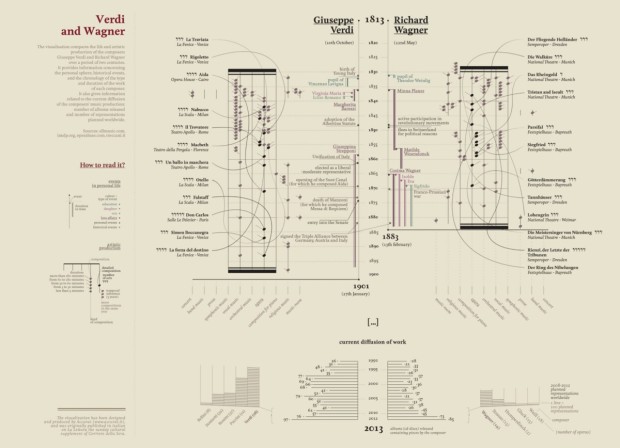For The Pudding, Ilia Blinderman rounds out his three-part series on creating visual, data-driven essays. This last part in on the fuzziest task of telling stories:
Storytelling, however, is much more abstract — it’s not merely a technical matter of creating an image of a map, or designing the right chart; rather, it refers to the broader universe of considerations that impact nearly every decision you make in the way you frame and present a project. The focus is much less on the technical “how,” like in the first two installments of these guides, but on the “why” of designing the narrative. It certainly doesn’t help that technical tools are inherently more concrete: they’re ways of solving specific problems (e.g., “how do I show the locations where people are concentrated on a map?” or “how do get this visual element to move through this specific path?”), while storytelling is much more of a nebulous concept. Thus, in this guide, I’ll be focusing on the relevant questions and considerations that we, at The Pudding, tend to consider when creating data-driven projects.
Tags: Ilia Blinderman, Pudding, storytelling

